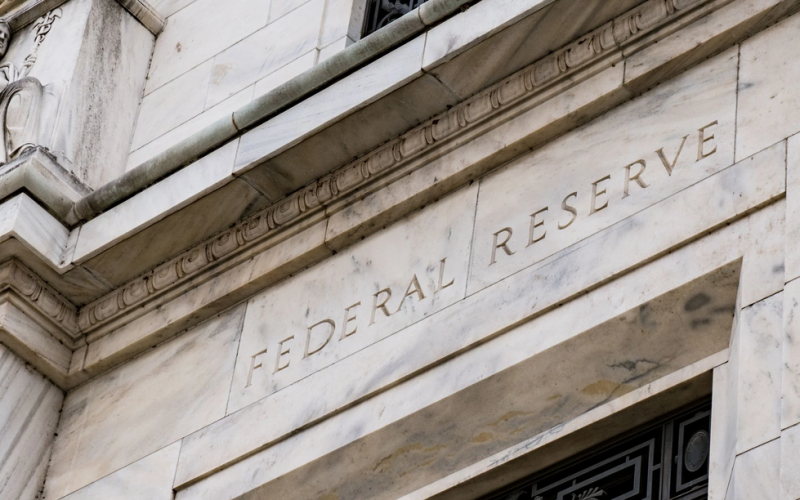by Kristina Hooper, Chief Global Market Strategist, Invesco
Key takeaways
Worsening expectationsCurrent expectations for the U.S. economy have worsened from the projections the U.S. Federal Reserve (Fed) released in June. |
Disruptive rate hikesThe speed and size of the Fed’s rate hikes is creating some disruption for major asset classes in the near term. |
Increased risksI believe risk assets are likely to underperform as the increased risk of recession is more fully discounted by markets. |
Taking a step back, we are witnessing the normalization of monetary policy and the normalization of markets, which should be positive. However, it is the speed and size of the rate hikes that is creating disruption for major asset classes in the near term.
What does the FOMC expect to happen next?1
Current projections have changed significantly from the projections the FOMC released in June.
- The median expectation for where the fed funds rate may be at the end of 2022 is 4.4%, up from June’s expectation of 3.4%. The median expected terminal rate is 4.6% versus 3.8% expected in June — in other words, the FOMC expects to hike the fed funds rate to a peak of 4.6% before starting to ease.
- U.S. economic growth expectations are lower than they were in June: The median estimate of gross domestic product (GDP) growth is now only 0.2% for 2022 (previously 1.7%) and 1.2% for 2023 (also previously 1.7%)
- U.S. unemployment is projected to rise to 4.4% in 2023 (versus June’s expectation of 3.9%). The projection for 2022 is 3.8% (versus 3.7% in June).
- Inflation is expected to be higher than June’s projections: The median estimate of core Personal Consumption Expenditures for 2022 is 4.5% (versus 4.3% in June), 3.1% for 2023 (versus 2.7%), 2.3% for 2024 (versus 2.3%), and 2.1% for 2025. Inflation is not expected to come back to target until end-2025.
In the press conference, Fed Chair Jay Powell said the Fed is taking “forceful and rapid steps to moderate demand” and that “there is still a way to go.” Powell acknowledged that longer-term inflation expectations remain well anchored, but that he would like to keep it that way through this aggressive path.
The Fed also announced that it will continue to follow its quantitative tightening plan, which means a substantial increase in the monthly amount of securities being rolled off the balance sheet.
How did markets react?2
After the announcement, stocks fell, then rose, then fell again, with the S&P 500 finishing the day down 1.7%.
The 2-year/10-year U.S. Treasury yield curve became increasingly inverted, with the spread widening to -53 basis points — illustrating the market’s increasing pessimism about near-term economic prospects. Meanwhile, the spread between the 3-month/10-year U.S. Treasury spread remained positive at 22 basis points.
Copper fell while gold rose modestly, reflecting dimming prospects for the economy as tightening continues aggressively.
What is our outlook on the situation?
The market’s immediate reaction was to be expected, given the hawkishness of the dot plot. If you were to compare this rate hike cycle to previous rate hike cycles going back to 1983, the Fed has never raised rates this much in this short a time period.3 I believe it is becoming increasingly difficult for the U.S. to avoid recession given the Fed’s “forceful and rapid” rate hikes.
More hawkish Fed rhetoric is likely going forward. And we are likely to see continued hawkishness from other major central banks such as the European Central Bank, the Bank of England, and the Bank of Canada.
What is our resulting investment view?
In the shorter term, I believe risk assets are likely to underperform as the increased risk of recession is more fully discounted by markets. The Fed’s policy going forward will largely dictate how significant and long-lasting the U.S. economic downturn will become, and therefore how soon stocks will begin to recover.
U.S. dollar strength is likely to continue in the shorter term given the hawkishness of the dot plot.
What are the risks to our view?
The downside risk to our view is that the Fed might start to believe inflation is more entrenched and that it needs to become more aggressive – essentially a continuation of the playbook we have seen this year where the Fed has followed a slippery slope of increasingly aggressive policy as its views on inflation (supported by data) have changed.
The upside risk to our view is that the Fed may prove to be less hawkish than markets now anticipate.
With contributions from Brian Levitt, Paul Jackson, David Chao, and Arnab Das
Footnotes
1. Source: All data points in this section are from the FOMC’s Summary of Economic Projections as of 9/21/22
2. Source: All data points in this section are from Bloomberg, L.P., as of 9/21/22
3. Source: U.S. Federal Reserve
















